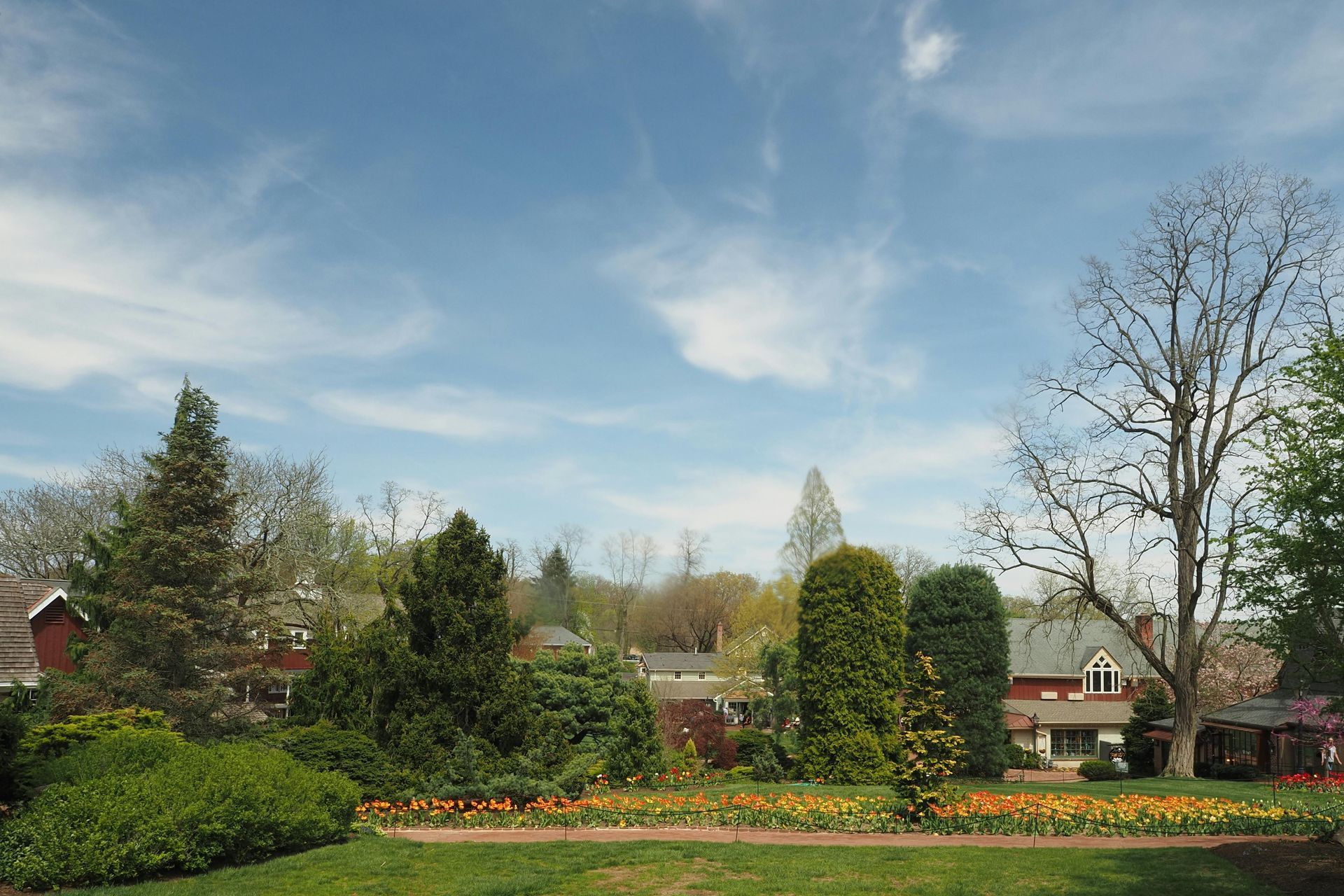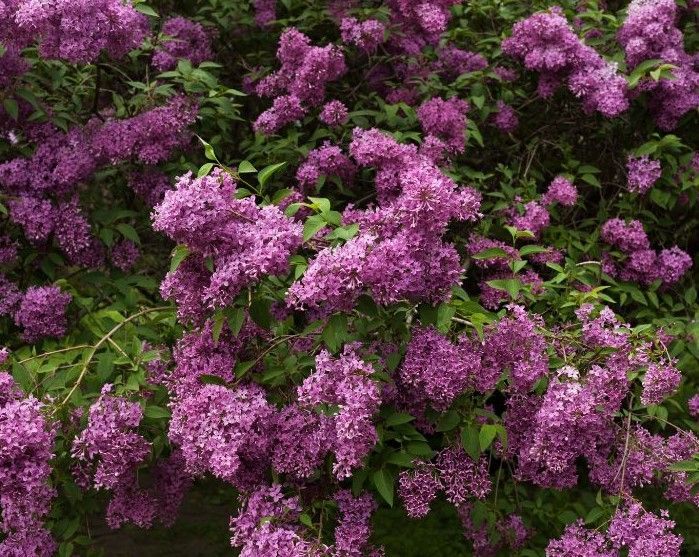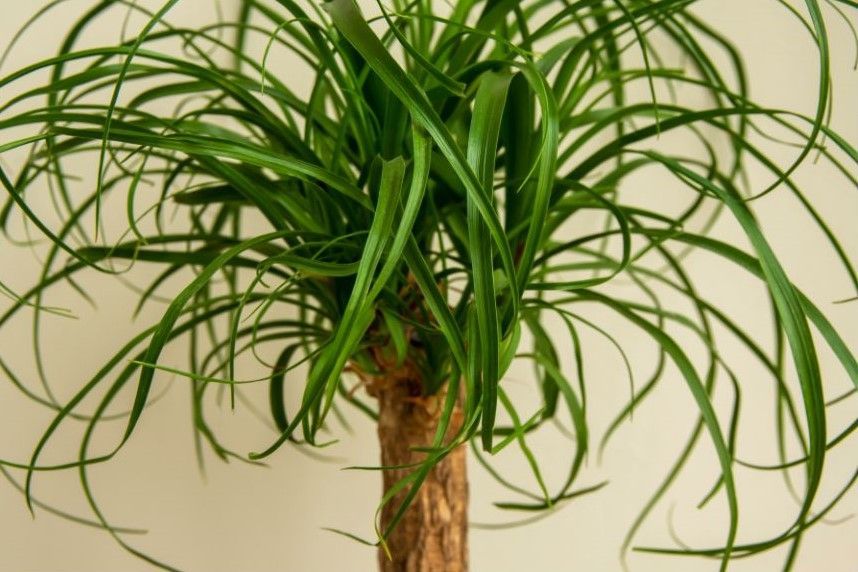Understanding Pennsylvania’s 2025 Invasive Replace-ive Initiative — And How 4 Seasons Can Help
What is the Invasive Replace-ive Initiative?
In 2025, Pennsylvania is rolling out a new environmental program aimed at tackling invasive species across the state. Dubbed the Invasive Replace-ive Initiative, the program encourages property owners to actively remove invasive trees, shrubs, and plants from their land — and rewards them by providing free native trees to take their place.
The goal is simple: restore Pennsylvania’s native ecosystem by replacing harmful species with beneficial, native ones that support local wildlife, improve soil health, and contribute to climate resilience.
How Does the Program Work?
Here’s a quick breakdown of how the Invasive Replace-ive Initiative works for Pennsylvania residents:
- Identify and remove invasive species. Property owners can review the state’s invasive species list (including notorious offenders like Bradford pear, Norway maple, tree-of-heaven, butterfly bush, and Japanese barberry) and work to have them removed from their property.
- Apply for free native trees. After removing invasive species, landowners can apply to receive free native trees through the program. These trees are sourced from state nurseries or partner programs, and stock is limited. Be sure to sign up quickly!
- Retrieve your trees and plant. Once approved, participants will need to pick up the native trees themselves from designated sites — which is where our special deal comes in!
4 Seasons Arborscapes’ Invasive Replace-ive Deal
At 4 Seasons Arborscapes, we fully support this program — and we want to make it even easier for our customers to participate. That’s why we’re offering a 10% discount on all invasive species removal services when connected to this initiative.
On top of that, if you retrieve your free native trees through the Invasive Replace-ive Initiative, we’ll plant them for free.
This is a win-win:
- You save money on invasive removal
- You get native trees for free through the program
- You don’t have to plant them yourself — we’ll handle it!
Why Does Removing Invasive Species Matter?
Invasive species are a serious threat to Pennsylvania’s natural environment. They outcompete native plants, reduce biodiversity, disrupt ecosystems, and even increase erosion and stormwater issues. By replacing invasives with native trees, you’re helping restore the balance — and improving the health of your own property at the same time.
What Invasives Should You Be Looking For?
Some of the top offenders in Pennsylvania include:
- Callery/Bradford pear (Pyrus calleryana)
- Tree-of-heaven (Ailanthus altissima)
- Japanese barberry (Berberis thunbergii)
- Norway maple (Acer platanoides)
- Burning bush (Euonymus alatus)
- Mile-a-Minute vine (Persicaria perfoliata)
- Visit the PA Invasive Replace-ive website for more species
If you’re unsure what’s growing on your property, we offer free identification consultations when you schedule your invasive removal quote.
How to Get Started
- Check your property for invasive species — we can help if you’re not sure.
- Contact us for a removal estimate (be sure to mention the Invasive Replace-ive Initiative to get your 10% discount).
- Once the invasives are gone, apply for your free native trees through the state program.
- Pick up your trees, and we’ll plant them at no extra charge!
Ready to Take Action?
This is a great opportunity to improve your landscape, support native wildlife, and get a deal on necessary tree work. If you’re interested in participating or have questions about invasive species on your property, reach out to 4 Seasons Arborscapes today!
Check out the latest...








